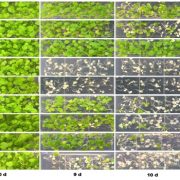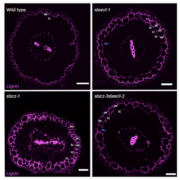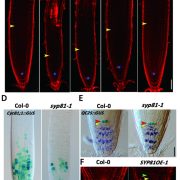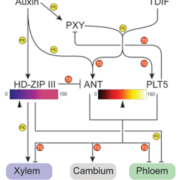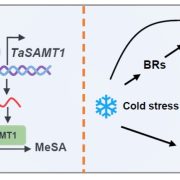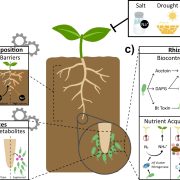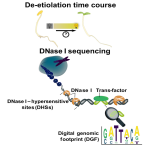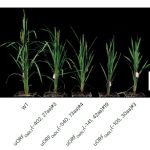Uncovering the brassinosteroid gene regulatory networks in Arabidopsis root using single-cell RNA sequencing
Brassinosteroid hormones regulate root growth and development by controlling cell division and elongation. However, it has been unclear why and how root cells with different identities and developmental stages respond to brassinosteroids differently. Nolan et al. used cutting-edge single-cell RNA sequencing (scRNA-seq) and tissue-specific gene manipulation methods to reveal that the root elongation cortex cells exhibit the most dramatic response to brassinosteroids. In this study, they conducted four sets of scRNA-seq experiments with various treatments and genotypes. Notably, they depleted the endogenous brassinosteroids with the brassinosteroid biosynthesis inhibitor Brassinazole (BRZ), and then reactivated the brassinosteroid signaling using Brassinolide (BL) in a time-series manner, using BRZ treatment as a control. (The datasets are accessible through an interactive browser: https://shiny.mdc-berlin.de/ARVEX/.) The scRNA-seq results revealed that cell wall-related genes, such as CELLULOSE SYNTHASES (CESAs) and CESA INTERACTIVE1 (CSI1), were induced at the elongating cortex by BL treatment, promoting the transition from cell division to elongation. By analyzing the trajectory of expression change, they identified two novel brassinosteroid responsive transcription factors, HAT7 and GTL1. Additionally, they created a tissue-specific knockout line of BRI1 in the root cortex to further investigate the important role of brassinosteroid in the elongating cortex. (Summary by Xiaohui Li @Xiao_hui_Li) Science, 10.1126/science.adf472


